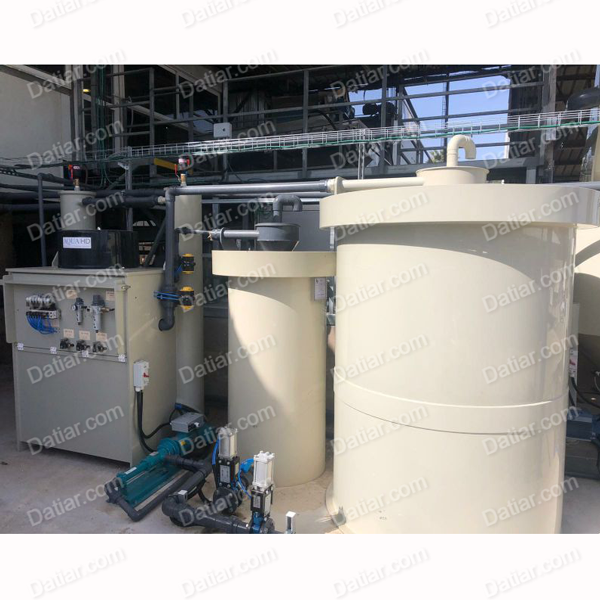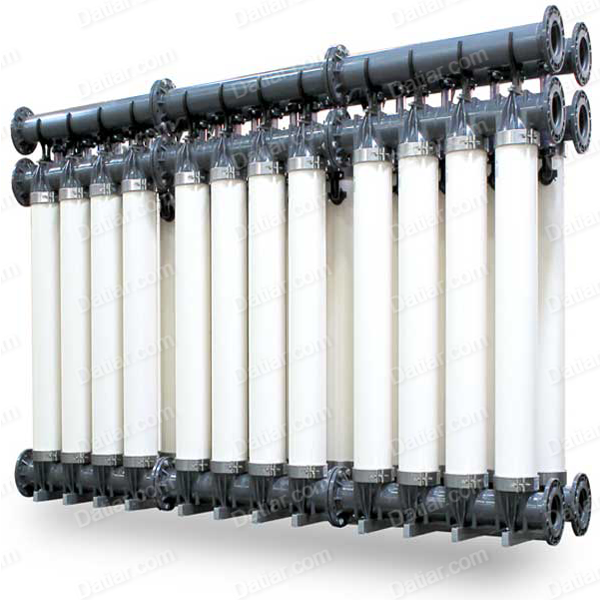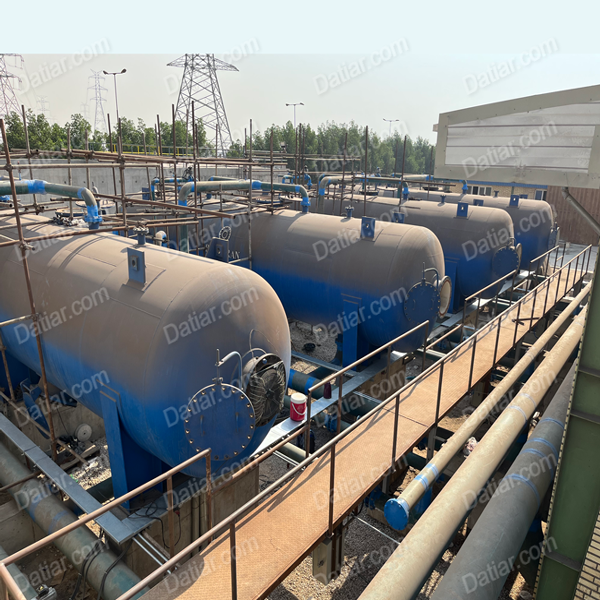Electro deionization
Electro deionization (EDI) is a process where ions of dissolved salts are transferred across membranes, leaving behind purified water. This ion movement is achieved through the application of direct current electrical fields.
In this process, a negative electrode (cathode) attracts cations, while a positive electrode (anode) attracts anions. Systems are structured in stacks with alternating cation and anion transfer membranes. These alternating compartments accommodate concentrated brine and filtered permeate. Generally, around 40-60% of dissolved ions are removed or rejected through this process. Enhanced water quality can be achieved through staging, which involves operating stacks in series.
It’s important to note that ED processes do not eliminate particulate contaminants or weakly ionized contaminants like silica.
**Electrodialysis Reversal**
Electrodialysis Reversal (EDR) functions on the same fundamental principles as ED. However, EDR introduces a polarity reversal in the system’s operation, usually occurring 3-4 times per hour. This reversal prevents the buildup of concentrated solutions on the membrane, effectively reducing the accumulation of inorganic and organic deposits on the membrane surface.
EDR systems closely resemble ED systems, featuring sufficient chamber area to collect both product water and brine. The water produced by EDR matches the quality achieved through the ED process.






